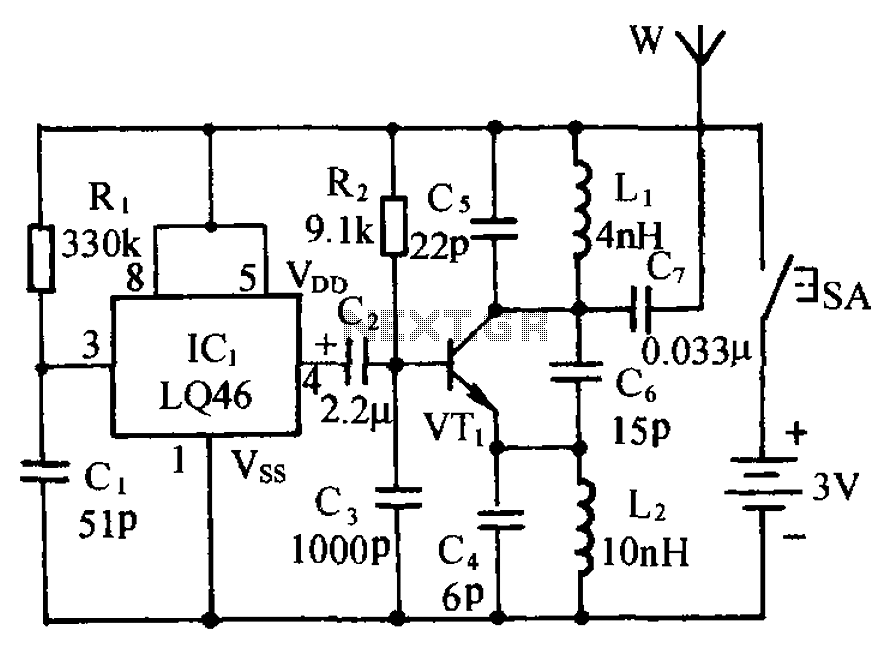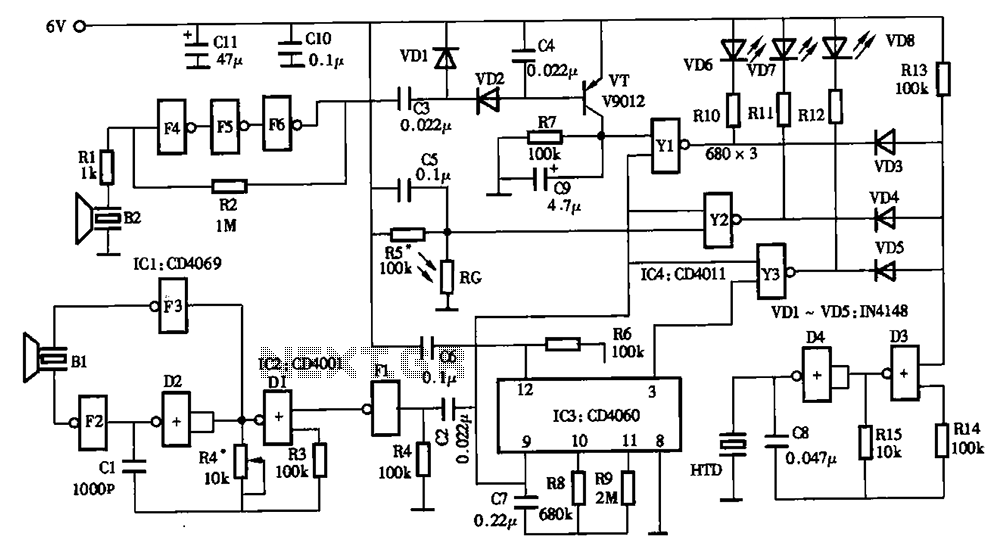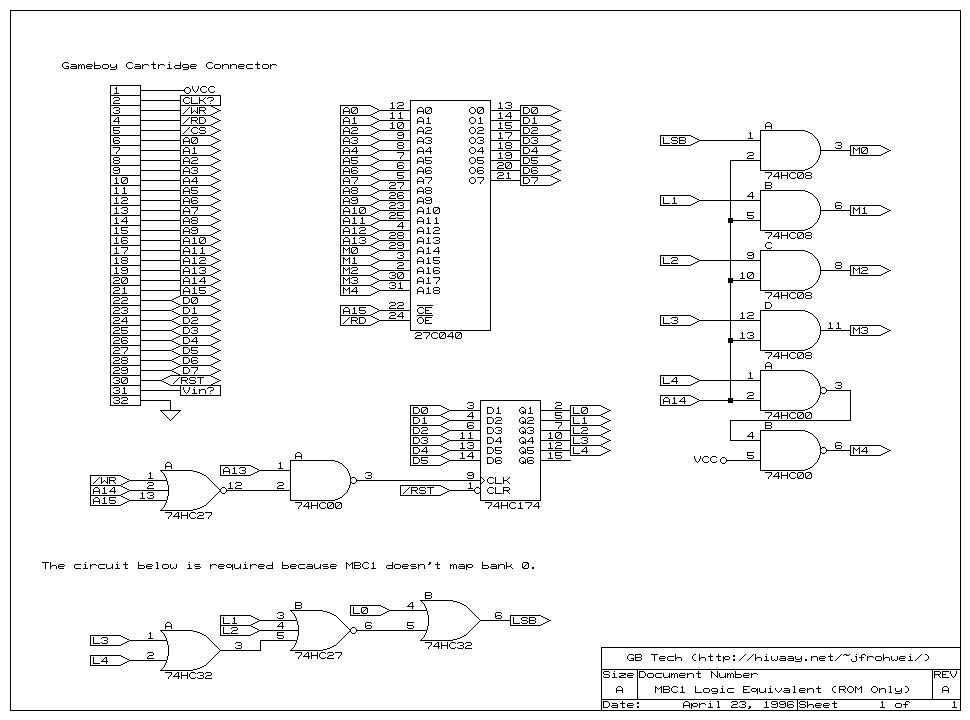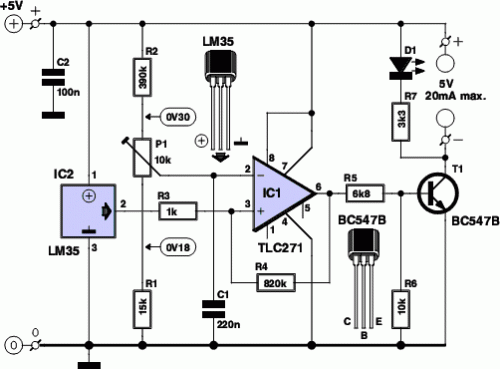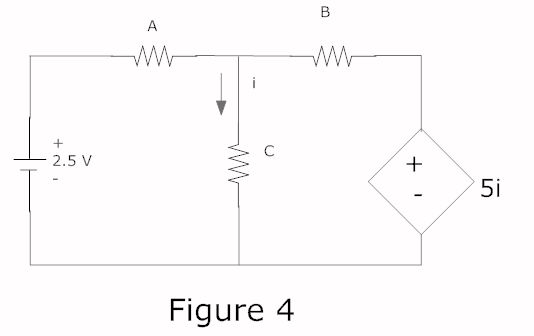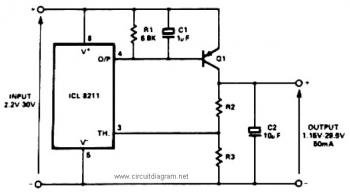
555 Timer LED Flasher Circuit
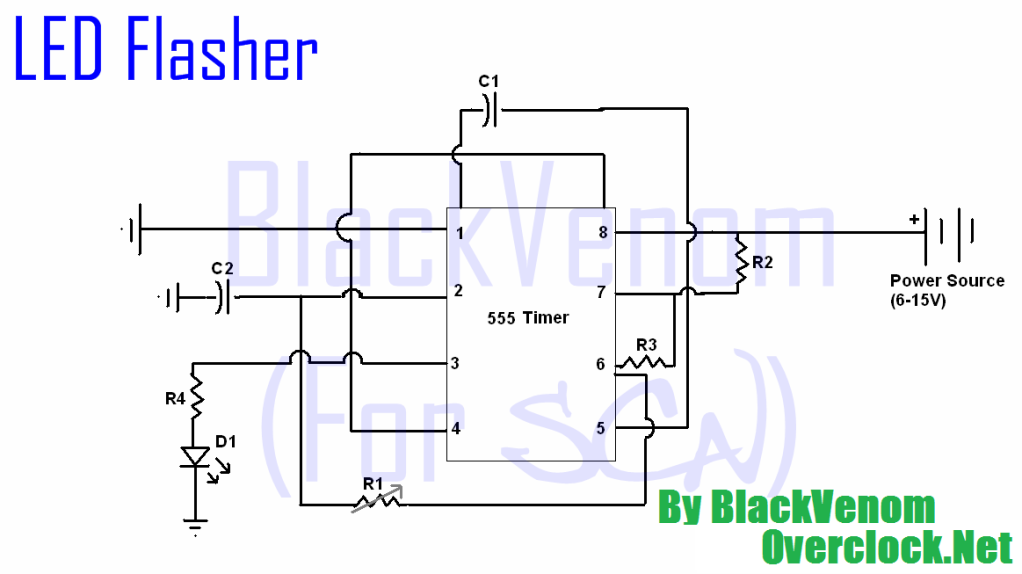
All of the components in this list are generally available through RadioShack for less than $20. It is highly recommended to use a breadboard for assembly, as mistakes are common for first-time builders, and soldering can complicate troubleshooting. This tutorial is divided into two methods: one using a classic schematic and the other providing a step-by-step guide. Additionally, if new to electronics, it is advisable to read through this post before constructing the circuit. The components include: - 6-15V power supply (AA batteries or appropriate PSU) - 2 x 1K ohm resistors - 1 x 100 ohm resistor - 1 x 0.1uF capacitor - 1 x 470uF capacitor (variable) - 1 x 10K ohm potentiometer (optional) - 1 x 555 IC Linear Timer - X LEDs (number is up to the builder, with a maximum of 6 IR LEDs) - 22-26 gauge wire - PC board (breadboard for testing) - solder and iron - project box (optional) - switch (to be placed before the circuit on the positive wire). If using less than 12V for a car application, additional voltage compensation will be necessary. An idea proposed includes utilizing an old CD-ROM drive spinner motor by wiring all terminals in series around the motor. A 555 timer and a decade counter could be used to create an LED sequencer circuit, which could then be connected to the motor terminals instead of LEDs. A potentiometer could be used to adjust the pulse rate and, consequently, the motor speed. This is a theoretical suggestion, and results from experimentation would be appreciated.
The described circuit involves several components that work together to create a functional electronic project. The power supply, which can range from 6V to 15V, is crucial for providing the necessary voltage to drive the circuit. AA batteries are a convenient option, but a proper power supply unit (PSU) can also be employed. The inclusion of resistors, specifically two 1K ohm resistors and one 100 ohm resistor, serves to limit current and protect sensitive components, ensuring safe operation.
Capacitors play a vital role in this circuit, with a 0.1uF capacitor used for decoupling and a variable 470uF capacitor that can be adjusted to modify timing or filtering characteristics. The 10K ohm potentiometer allows for user interaction, providing a means to adjust parameters such as pulse width or frequency in the circuit.
The 555 timer IC is a versatile component that can be configured in various modes, including astable and monostable configurations. In this application, it is likely used in an astable mode to generate a square wave output that can drive other components such as LEDs or the CD-ROM motor.
The circuit can be built on a breadboard, which is ideal for prototyping and testing. The use of 22-26 gauge wire facilitates connections between components, while soldering is reserved for final assembly once the design has been verified on the breadboard. A project box can be utilized for housing the completed circuit, and a switch is incorporated to control power to the circuit.
The innovative concept of using a CD-ROM drive motor introduces an interesting application of the circuit. By wiring the motor terminals in series and controlling them with the output from the 555 timer, the circuit can potentially create a sequencer effect, where the motor's speed is modulated by the pulse rate adjusted via the potentiometer. This adds a dynamic element to the project, showcasing the versatility of the components used.All of the parts in this list are generally available through Radioshack for less than $20. I highly recommend using breadboard! You`re bound to make mistakes your first time and soldering it will only make your fail worse (double fail ). I`ve compiled this tutorial into two "methods", one is the classic schematic and the other is a step by step g
uide. Also, if you`re new to electronics read through this post before you make the circuit. - 6-15V (AA, or correct PSU)* - 2 1K ohm resistors - 1 100 ohm resistor - 1. 01uF capacitor - 1 470uF capacitor (variable) - 1 10K ohm potentiometer (optional) - 1 555 IC Linear Timer - X LEDs (it`s up to you, IR <=6) - 22-26g wire - pc board (breadboard for testing) - solder & iron - project box (optional) - switch (goes before circuit on + wire) *If you go less than 12v and you intend to use this in your car you need to compensate for the extra voltage that will be going to the circuit. Oh, I got a genius idea. To make an old CD-rom drive spinner motor work, you have to fire all the wires in series around the motor.
So, what you could do is take a 555 and a decade counter and make an LED sequencer circuit. Then instead of wiring it to LED`s, wire it to each terminal on the CD-rom motor. I would be sure to use the POT to adjust the pulse rate, thus motor speed. This is only a theory, but if one of you try it, post results. I may try it myself. 🔗 External reference
The described circuit involves several components that work together to create a functional electronic project. The power supply, which can range from 6V to 15V, is crucial for providing the necessary voltage to drive the circuit. AA batteries are a convenient option, but a proper power supply unit (PSU) can also be employed. The inclusion of resistors, specifically two 1K ohm resistors and one 100 ohm resistor, serves to limit current and protect sensitive components, ensuring safe operation.
Capacitors play a vital role in this circuit, with a 0.1uF capacitor used for decoupling and a variable 470uF capacitor that can be adjusted to modify timing or filtering characteristics. The 10K ohm potentiometer allows for user interaction, providing a means to adjust parameters such as pulse width or frequency in the circuit.
The 555 timer IC is a versatile component that can be configured in various modes, including astable and monostable configurations. In this application, it is likely used in an astable mode to generate a square wave output that can drive other components such as LEDs or the CD-ROM motor.
The circuit can be built on a breadboard, which is ideal for prototyping and testing. The use of 22-26 gauge wire facilitates connections between components, while soldering is reserved for final assembly once the design has been verified on the breadboard. A project box can be utilized for housing the completed circuit, and a switch is incorporated to control power to the circuit.
The innovative concept of using a CD-ROM drive motor introduces an interesting application of the circuit. By wiring the motor terminals in series and controlling them with the output from the 555 timer, the circuit can potentially create a sequencer effect, where the motor's speed is modulated by the pulse rate adjusted via the potentiometer. This adds a dynamic element to the project, showcasing the versatility of the components used.All of the parts in this list are generally available through Radioshack for less than $20. I highly recommend using breadboard! You`re bound to make mistakes your first time and soldering it will only make your fail worse (double fail ). I`ve compiled this tutorial into two "methods", one is the classic schematic and the other is a step by step g
uide. Also, if you`re new to electronics read through this post before you make the circuit. - 6-15V (AA, or correct PSU)* - 2 1K ohm resistors - 1 100 ohm resistor - 1. 01uF capacitor - 1 470uF capacitor (variable) - 1 10K ohm potentiometer (optional) - 1 555 IC Linear Timer - X LEDs (it`s up to you, IR <=6) - 22-26g wire - pc board (breadboard for testing) - solder & iron - project box (optional) - switch (goes before circuit on + wire) *If you go less than 12v and you intend to use this in your car you need to compensate for the extra voltage that will be going to the circuit. Oh, I got a genius idea. To make an old CD-rom drive spinner motor work, you have to fire all the wires in series around the motor.
So, what you could do is take a 555 and a decade counter and make an LED sequencer circuit. Then instead of wiring it to LED`s, wire it to each terminal on the CD-rom motor. I would be sure to use the POT to adjust the pulse rate, thus motor speed. This is only a theory, but if one of you try it, post results. I may try it myself. 🔗 External reference
Warning: include(partials/cookie-banner.php): Failed to open stream: Permission denied in /var/www/html/nextgr/view-circuit.php on line 713
Warning: include(): Failed opening 'partials/cookie-banner.php' for inclusion (include_path='.:/usr/share/php') in /var/www/html/nextgr/view-circuit.php on line 713
